Inquiry Basket
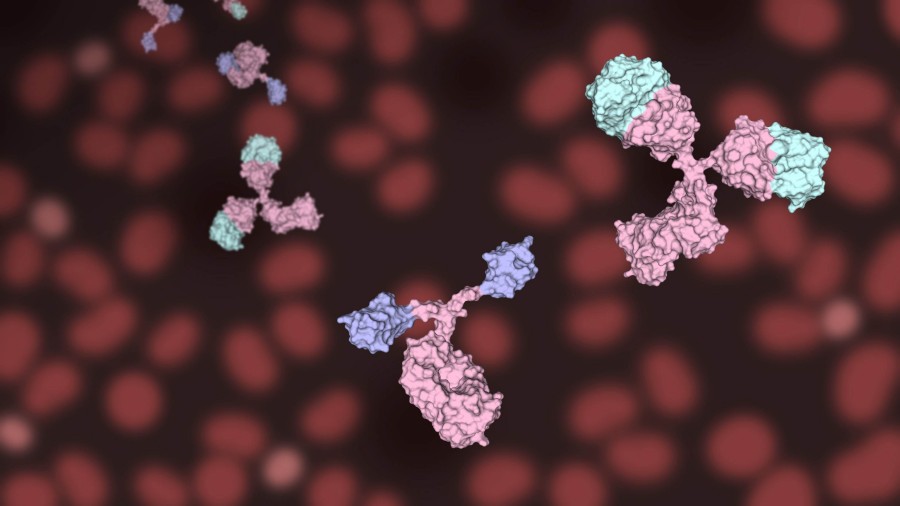
Friday, November 21, 2025
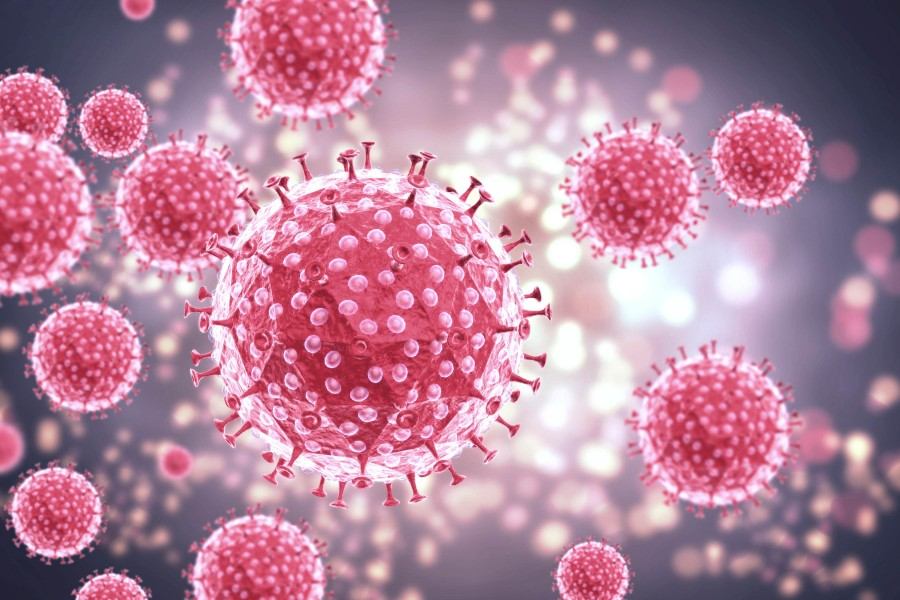
Friday, November 21, 2025
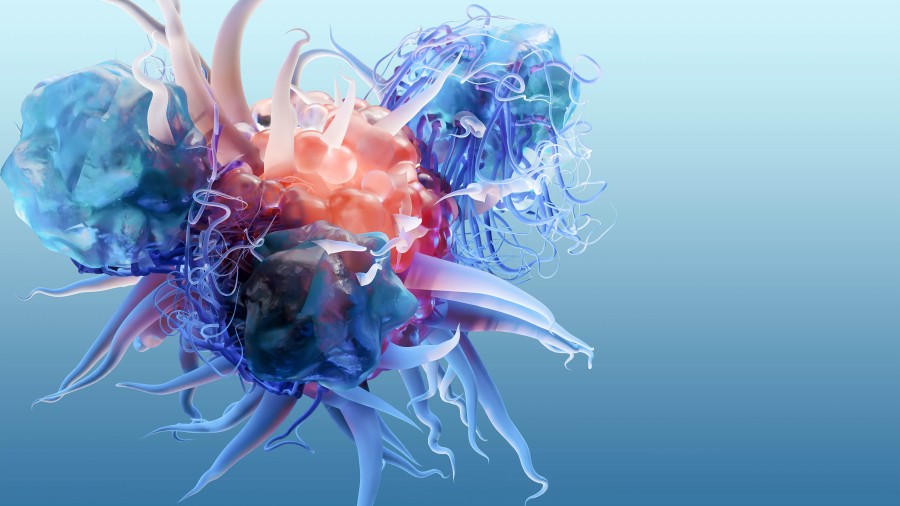
Friday, October 24, 2025
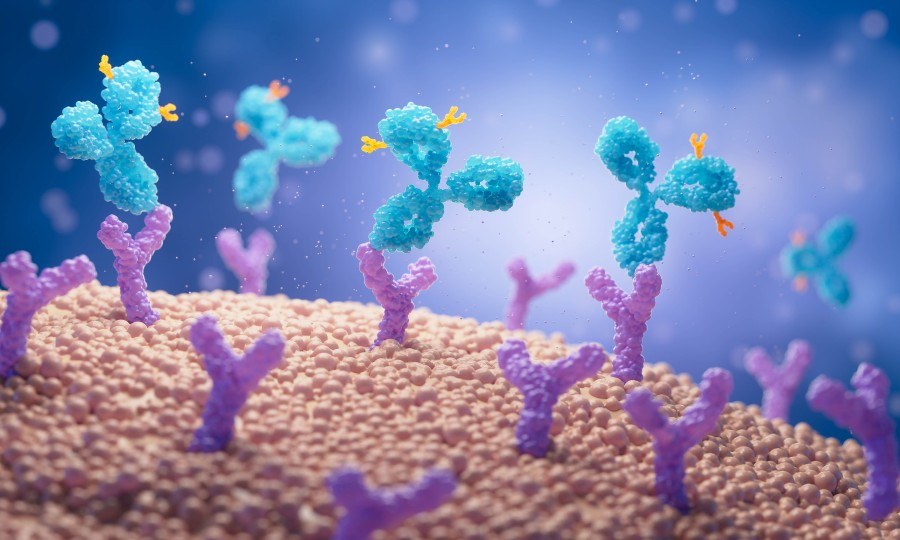
Friday, October 24, 2025
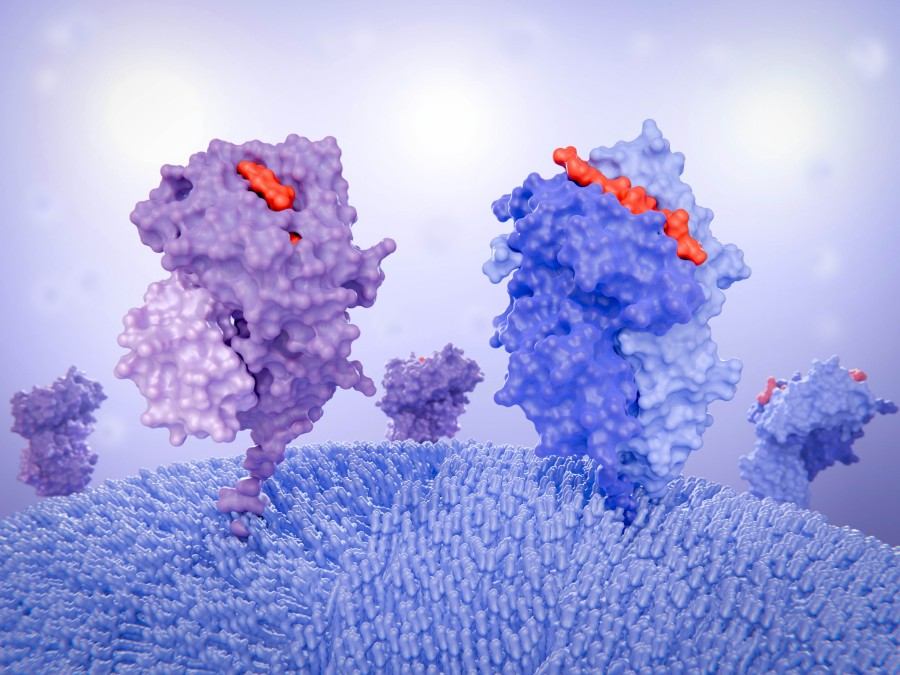
Friday, October 24, 2025
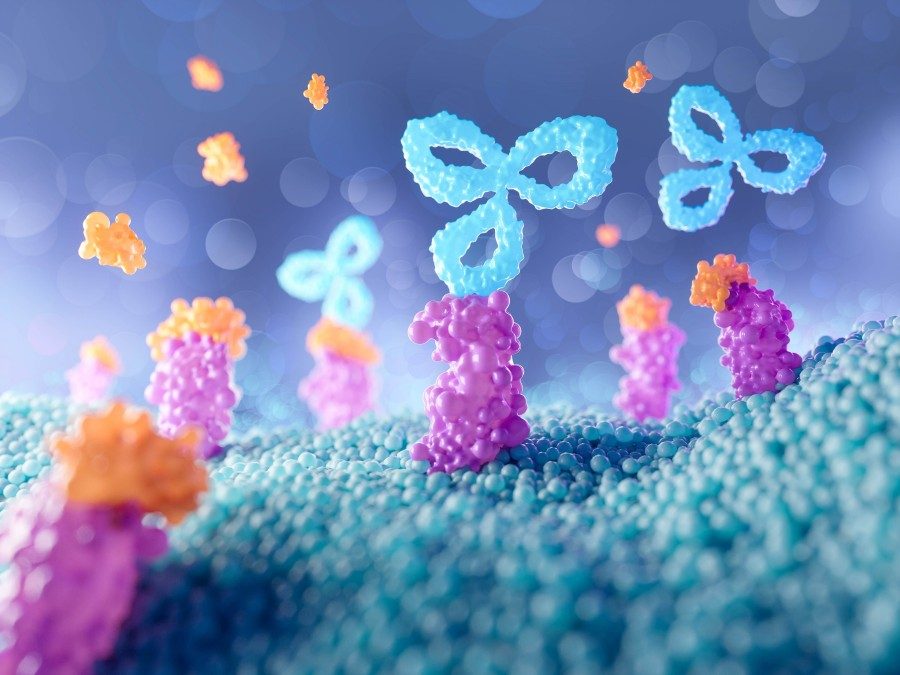
Friday, October 24, 2025
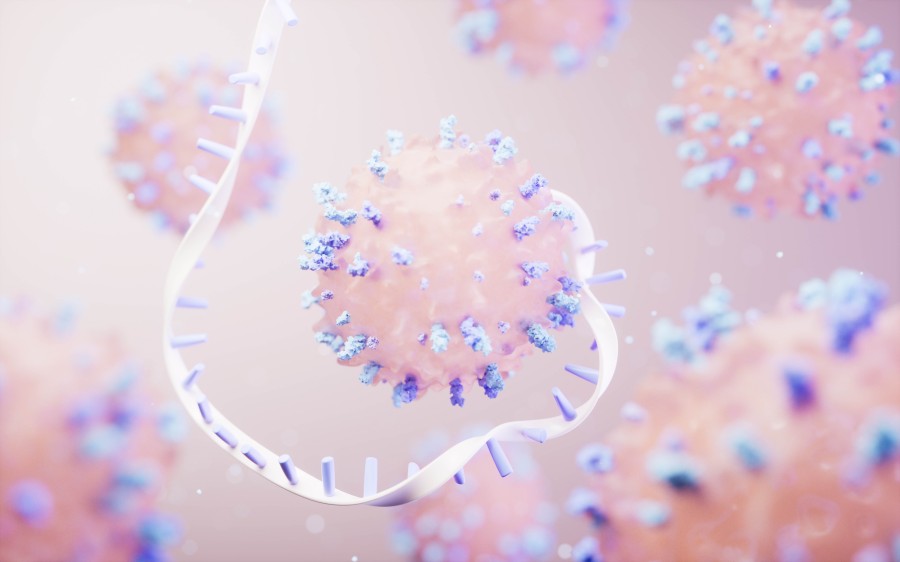
Friday, October 24, 2025
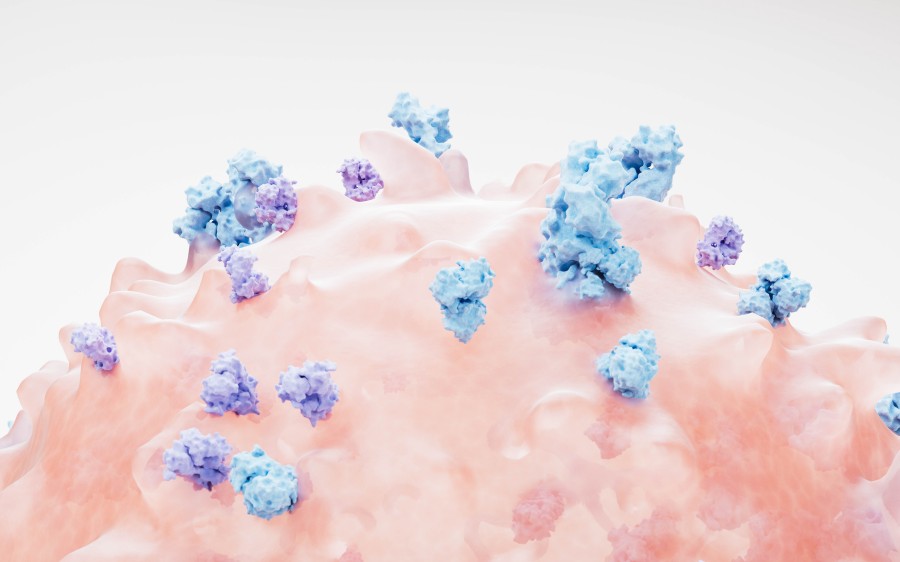
Thursday, September 4, 2025
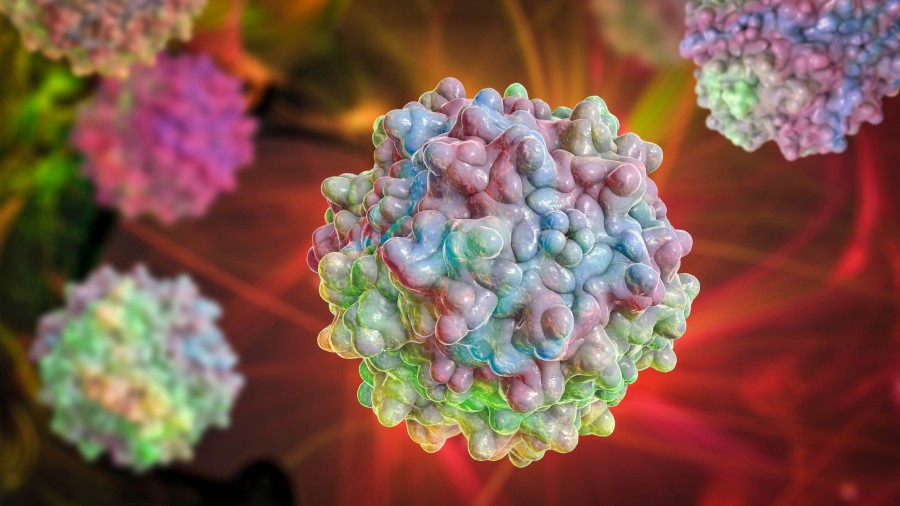
Thursday, September 4, 2025
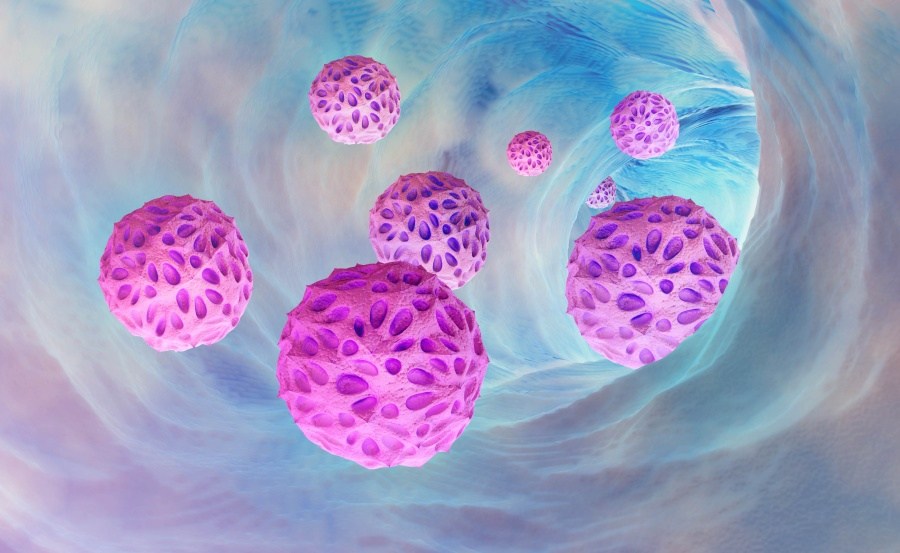
Saturday, July 19, 2025
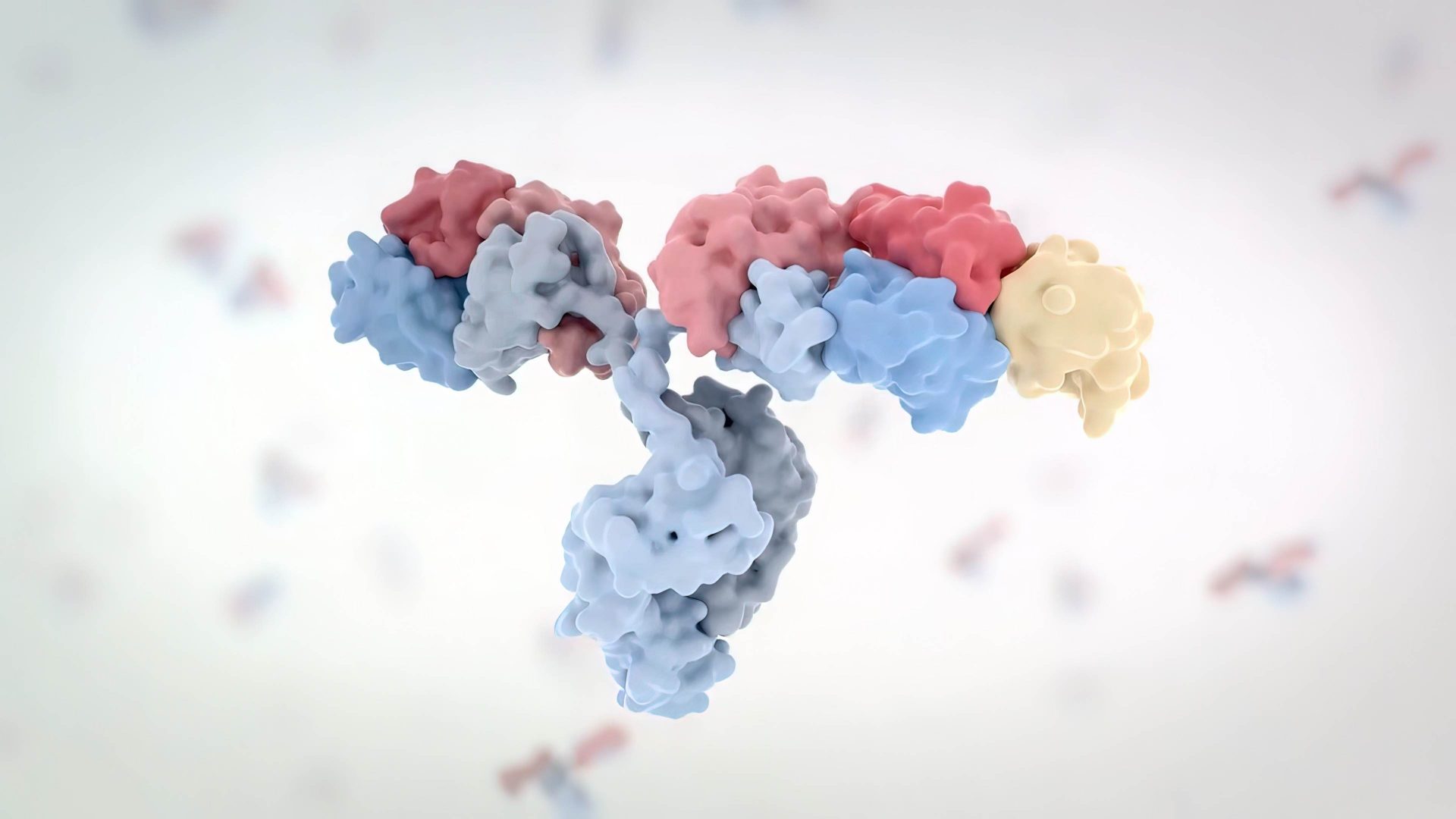
Saturday, July 19, 2025
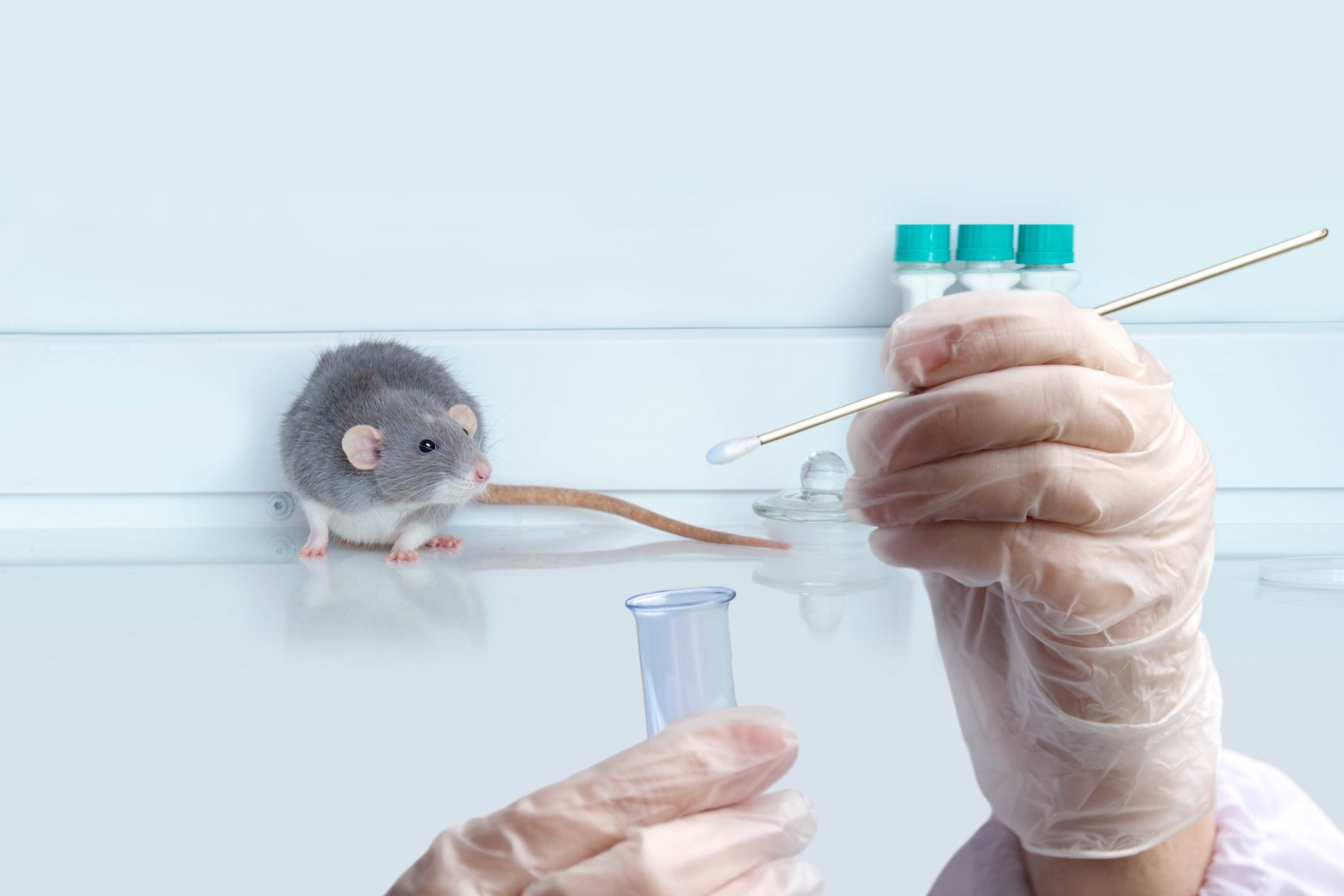
Tuesday, June 17, 2025
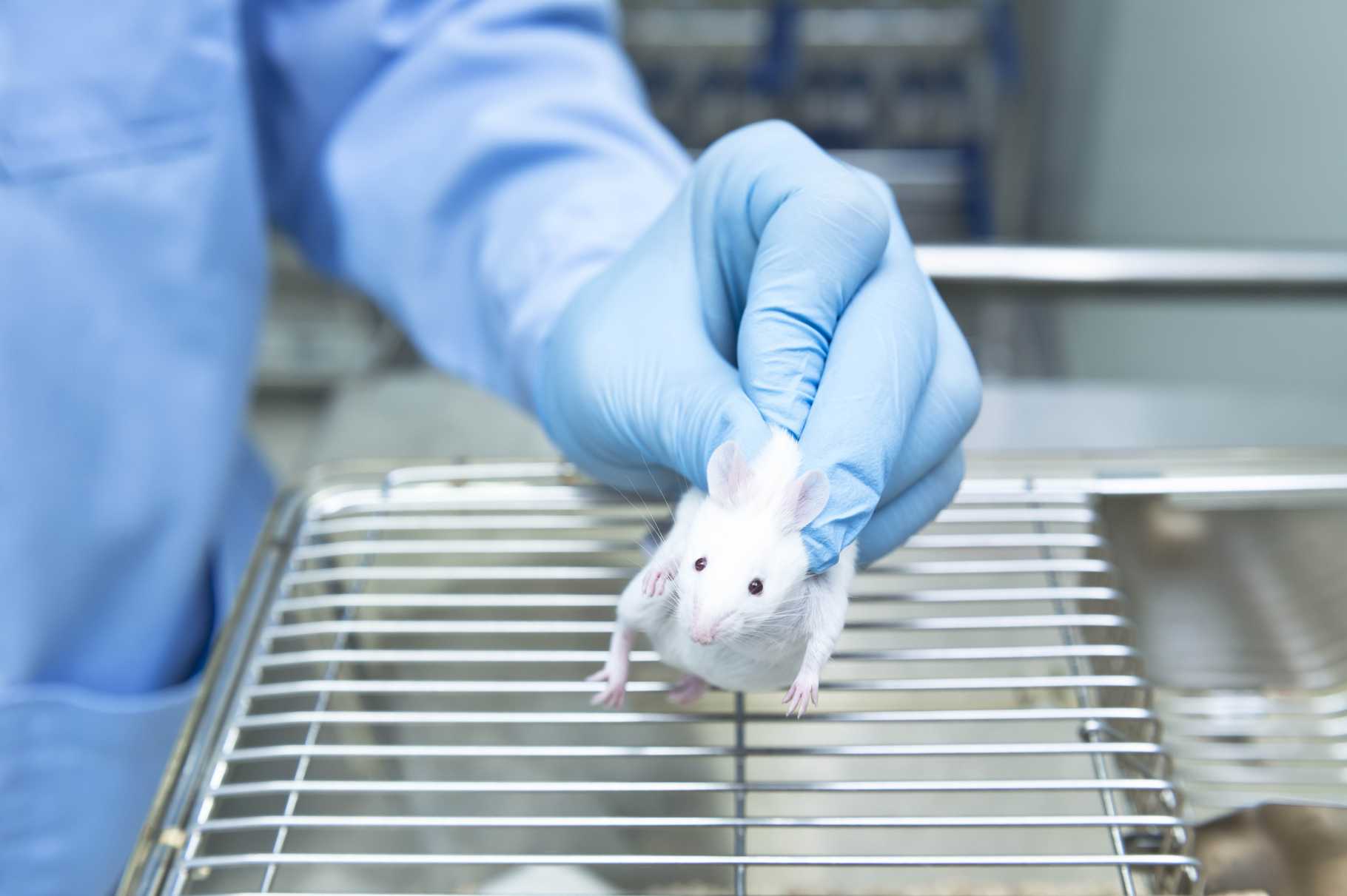
Tuesday, June 17, 2025

Thursday, June 12, 2025

Thursday, May 30, 2024

Monday, April 8, 2024

Monday, April 8, 2024

Monday, April 8, 2024

Friday, August 19, 2022

Saturday, April 10, 2021

Tuesday, February 9, 2021

Tuesday, February 9, 2021

Tuesday, February 9, 2021

Tuesday, September 8, 2020

Tuesday, September 8, 2020